What are Best Food Sources for Calcium?
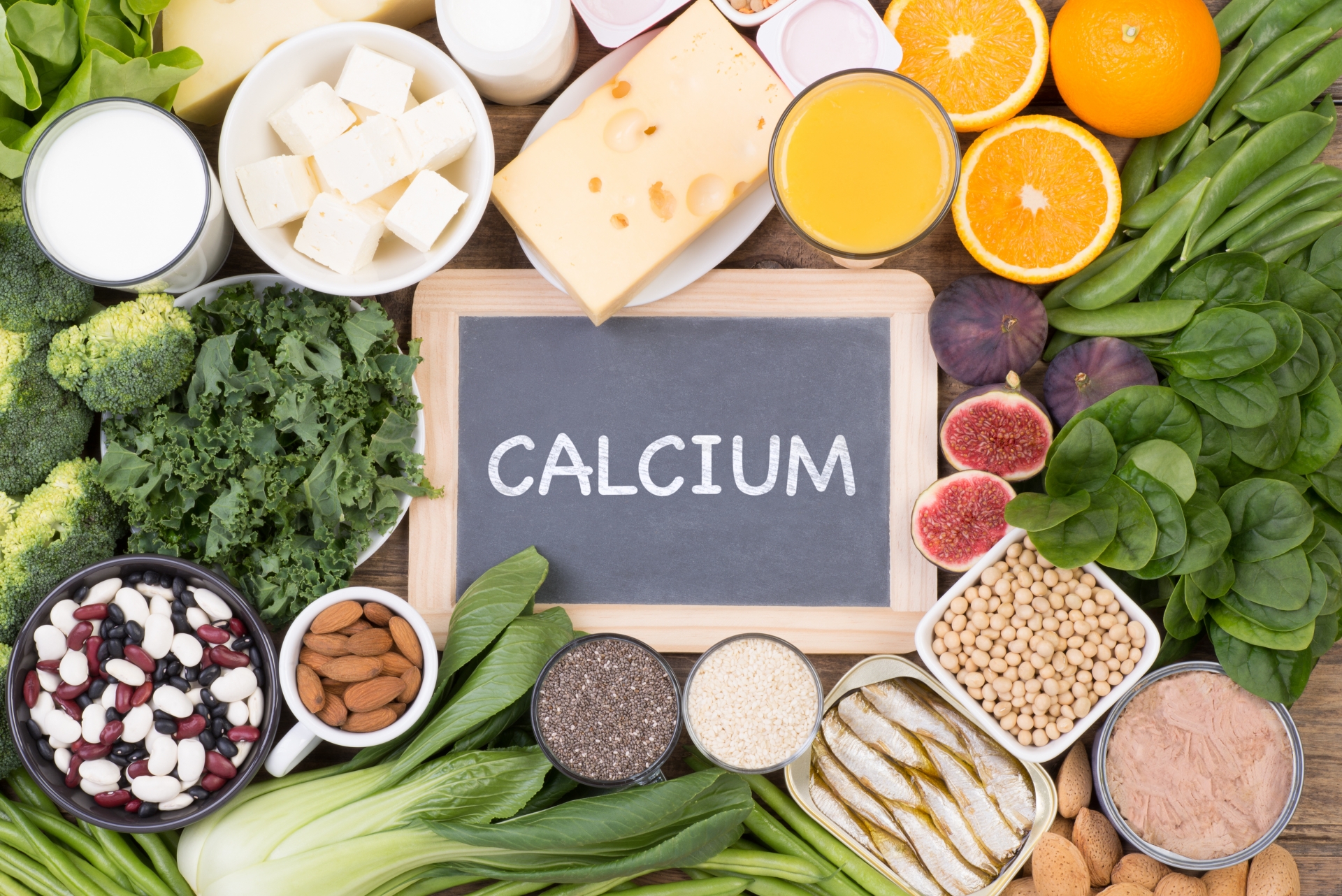 |
| Photo: Montclair Breast Centre |
Most adults aged 19–50 require 1,000 milligrams (mg) of calcium per day, according to the National Institutes of Health (NIH) in the United States. This amount of calcium is present in about three 8-ounce glasses of milk.
And here are the top 9 best foods sources for calcium:
Cheese and cheese-based dishes
Amount of calcium per average portion size:
30g parmesan cheese – 300mg
40g edam/gouda – 300mg
60g paneer cheese – 300mg
30g cheddar cheese/low-fat hard cheese – 200mg
30g halloumi – 200mg
80g cottage cheese – 100mg
40g camembert – 100mg
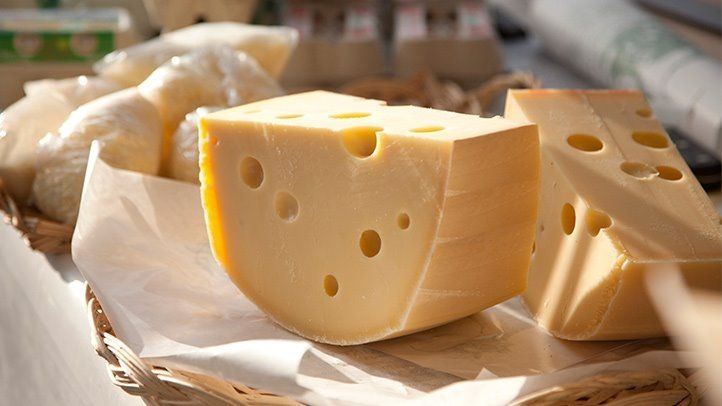 |
| Photo: Everyday Health |
Find more cheese recipes: A cheeseboard may be the most obvious serving suggestion, but dishes made with cheese also count towards your daily totals, such as cheese omelettes, quiches made with cheese and egg, and dishes with cheese-based sauces like macaroni cheese or cauliflower cheese, as cited by BBC Good Food.
Milk – skimmed, semi-skimmed, whole and soya
Amount of calcium per average portion size:
200ml milk (skimmed/semi-skimmed/whole) – 240mg
200ml soya milk (calcium-fortified) – 240mg
Drink milk on its own or paired with low-sugar cereal or muesli. Milk-based drinks such as malted milk, hot chocolate or milkshakes also count, but be aware that the sugar in these can be quite high. Porridge made with milk is a good breakfast option, while rice pudding is a classic milk-based dessert.
Chia seeds
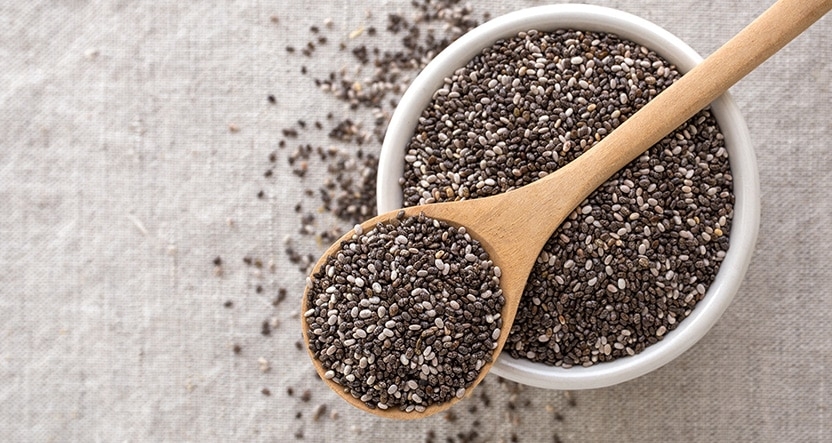 |
| Photo: PakMag |
Chia seeds and soy milk are plant-based sources of calcium. Amount of calcium per average portion size:
A single ounce, or 2 tablespoons – 179 mg of calcium.
Chia also contains boron, which promotes the health of bones and muscles by helping the body to metabolize calcium, phosphorous, and magnesium.
Add chia seeds to smoothies or mix them into oatmeal or yoghurt for a little added crunch.
Yogurt – plain, low-fat and soya
Amount of calcium per average portion size:
125g yogurt (low-fat, plain and calcium-fortified soya) – 200mg
47g ‘mini pot’ fortified fromage frais – 50mg
Tofu – firm, soft or silken (calcium-set)
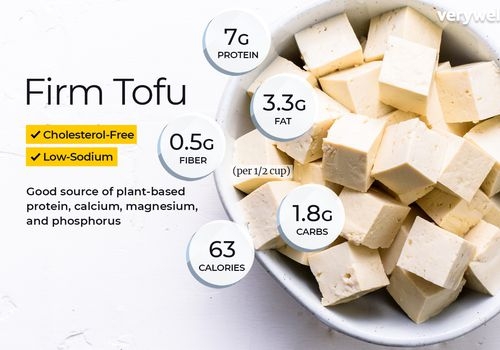 |
| Photo: Verywell Fit |
Amount of calcium per average portion size:
120g tofu (steamed or fried) – 200mg
Find more tofu recipes. Tofu is an extremely versatile ingredient and makes a great addition to curries, stir-fries and even cannelloni.
Canned fish – sardines and salmon
Amount of calcium per average portion size:
50g sardines (canned) – 200mg
105g tinned pink salmon – 100mg
Find more sardine recipes: Canned fish is a useful storecupboard addition and increases your calcium intake too. Thrifty sardines are great in pasta dishes or on toast, while tinned salmon is delicious in salads or quick & easy fishcakes.
Dried figs
 |
| Photo: Pinterest |
Amount of calcium per average portion size:
About eight figs, or 1 cup – 241 mg of calcium.
Figs make a great sweet treat and are rich in fibre and antioxidants. Try them as a midday snack or crush them into a creamy jam, OSTEOPOROSIS cites.
Some fruit, vegetables and pulses
Amount of calcium per average portion size:
2 dried figs – 100mg
200g baked beans – 85mg
70g red kidney beans (canned) – 50mg
90g green or French beans – 50mg
95g green or white cabbage – 50mg
110g broccoli (steamed) – 50mg
40g watercress – 50mg
400g tinned tomatoes – 50mg
8 dried apricots – 50mg
1 large orange – 50mg
Eating a variety of fruit and vegetables is important for good health – but the ones highlighted above can also contribute towards your daily calcium total. Try our recipes for green beans, cabbage, broccoli and tinned tomatoes.
Sunflower seeds
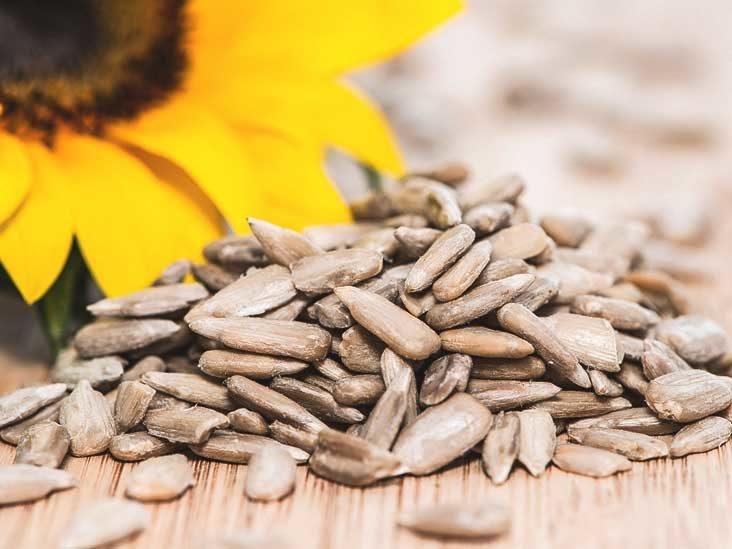 |
| Photo: Health Line |
Amount of calcium per average portion size:
A single cup of sunflower seed kernels – 109 mg of calcium.
These seeds are also rich in magnesium, which balances the effects of calcium in the body and regulates nerve and muscle health. In addition, sunflower seed kernels contain vitamin E and copper. Together, these nutrients can promote bone strength and flexibility and prevent bone loss.
However, sunflower seeds can contain high amounts of added salt, which depletes the body’s levels of calcium. For optimal health benefits, choose raw, unsalted seeds.
| How much calcium should we be aiming to consume each day? Daily RNI (Reference Nutrient Intake) of calcium according to age: 0-12 months (non-breastfed only) – 525mg 1-3 years – 350mg 4-6 years – 450mg 7-10 years – 550mg 11-18 years – boys – 1000mg 11-18 years – girls – 800mg Adults (19+) years – 700mg Pregnant women – 700mg Breastfeeding women – 700mg + 550mg |
 What are the best foods to gain muscle mass? What are the best foods to gain muscle mass? Bodybuilding is centered around building your body’s muscles through weightlifting and nutrition. So how can you ensure you gain more muscle than fat? This page ... |
 Best food tips for expectant woman Best food tips for expectant woman What a woman eats and drinks during pregnancy is her baby's main source of nourishment. Therefore, Knowinsider today would provide best food tips for expectant ... |
 What are best foods when you are on period? What are best foods when you are on period? Periods are the worst with many uncomfortable symptoms, so it's totally understandable that you want to find some ways to reduce these pains. We figure ... |























